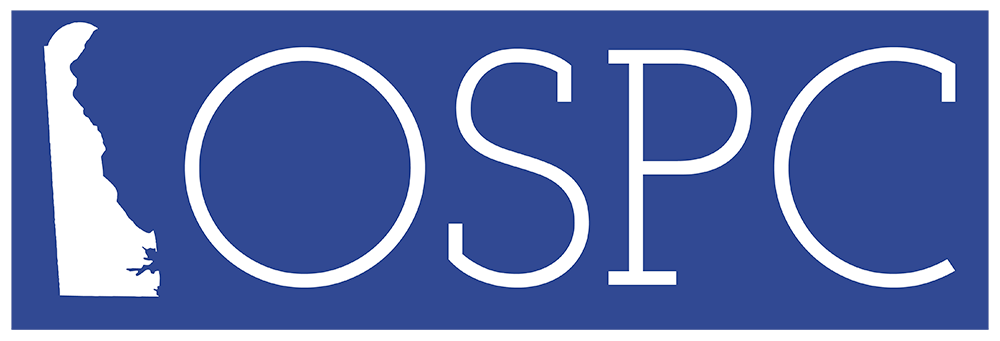Purpose of Better Models
Better Models for Development in Delaware - Ideas for Creating More Livable and Prosperous Communities
Forward • Purpose • Principles • Values
Headlines like these are typical in many communities throughout Delaware. People are concerned about changes in their way of life -- decline in the character of their neighborhoods, increasing traffic congestion, encroaching commercial development, loss of farmland, open space and trees, deteriorating water quality or other environmental problems. Community change doesn't have to be traumatic, but often it is. As a result, the debate over how to accommodate new development is frequently loud and acrimonious and is almost always cast in either-or terms -- e.g. progress vs. preservation; jobs vs. the environment.
This book was written with the belief that this kind of debate is unproductive. The truth is development is inevitable, but the destruction of community character and natural resources that too often accompanies growth is not. Progress does not demand degraded surroundings. Delaware communities can grow without losing their beauty, history, or livability. Instead of debating whether growth will occur, we should be discussing the patterns of development: where we put it, how we arrange it, and what it looks like. If we start from this premise, communities can more easily balance conservation with economic development. What's more, the book presents many ideas on how to make development more profitable and less costly for both the developer and the community.
Delaware is a Special Place
Delaware is known worldwide for its productive agriculture, quaint small towns, booming beach resorts and rich natural beauty. The state's attractiveness, location, and natural resources have attracted settlers since early Colonial times. Between 1990 and 2000, the population of Delaware increased by almost 18%, while the national average was just over 13%. Over the next 30 years, Delaware is projected to add another 232,000 people, a population increase of almost 23%. While the population in big cities such as Wilmington is expected to decline, the population in Sussex County is projected to increase by over 36% by 2030.
Delaware residents are proud of their legacy. From Native Americans to early pioneers, from shad and sturgeon fishermen on the Delaware River to strawberry and tomato growers in Sussex County, from the workers at DuPont to the watermen of the Delaware Bay, Delaware residents have long recognized the state's unique assets: fertile farms, beautiful beaches, abundant forests, and magnificent natural areas like the Great Marsh, the Bombay Hook National Wildlife Refuge, or the Prime Hook National Wildlife Refuge. Delaware is also home to the Delaware Bay Estuary, whose wetlands have been recognized to have international importance.
Delaware is the first state, but it is also a small state, which is one reason we should respect the land. It is our birthright, and almost every inch of it is densely layered with our history. For a variety of economic, social, and psychological reasons, Delaware communities should do more to protect the land, and we should recognize that the landscape is the setting for all our architecture. New residential and commercial buildings can either intrude on the landscape, or they can be designed and sited to fit in to their natural surroundings. This book provides some ideas on how to do this.
Using Better Models
This publication presents six principles and more than 25 ideas for better development. Each principle is illustrated with numerous examples of alternatives to conventional development. There are many such models throughout Delaware and across the nation. Downtowns are being rejuvenated, open space is being preserved, historic buildings are being restored, and farmers are working to protect their way of life. Attractive new affordable, walkable, and mixed use developments are being constructed, and new transit systems are gaining awards and growing support.
These real-life examples, in contrast to the image of standard development, are glimpses into one possible future - a future where progress does not mean degraded surroundings. The coming decades will determine what subsequent generations experience here. Either Delaware's small towns and rural communities replicate the unsatisfying building patterns of fast -growing areas in other parts of the nation, or we take action now.






